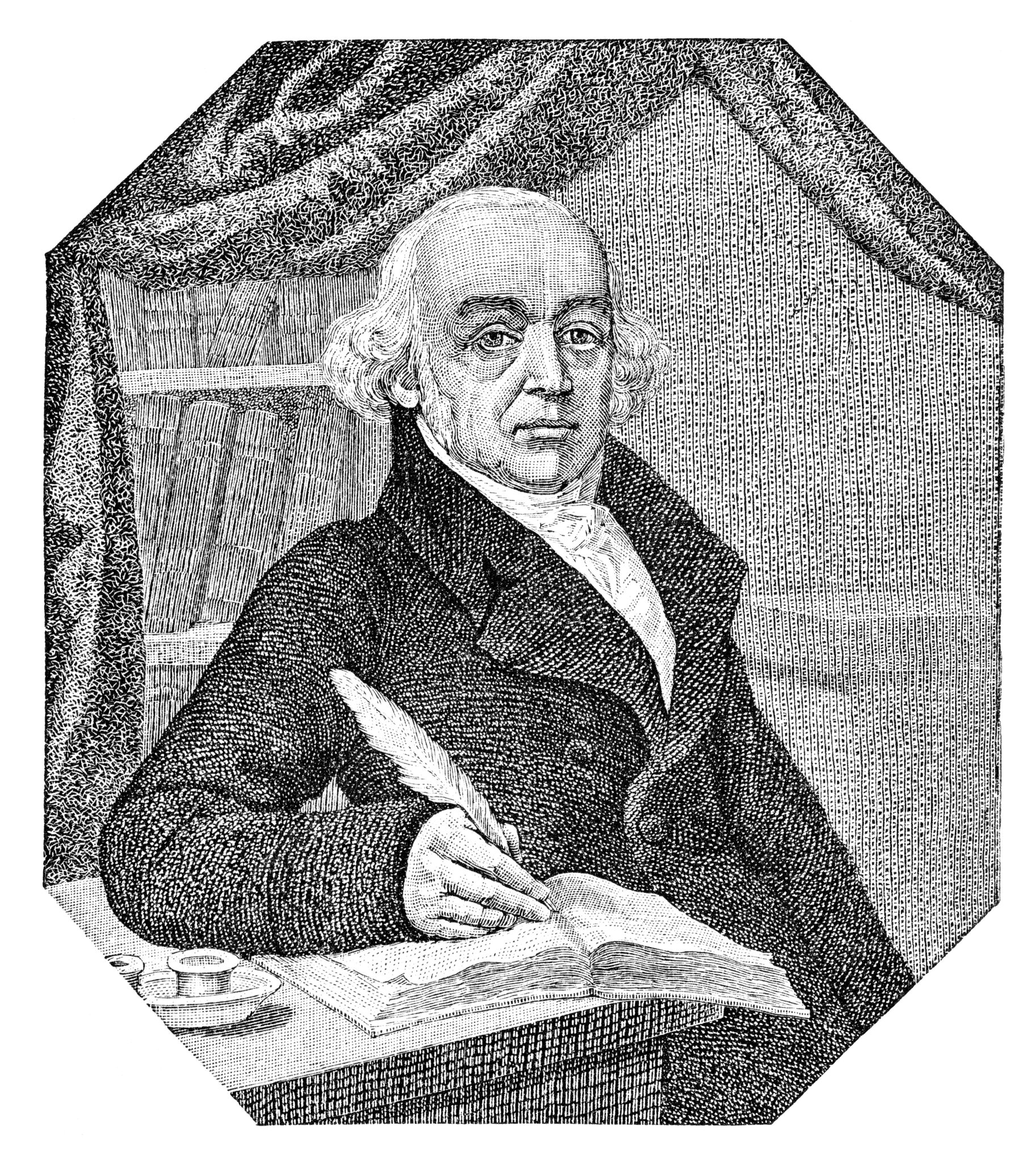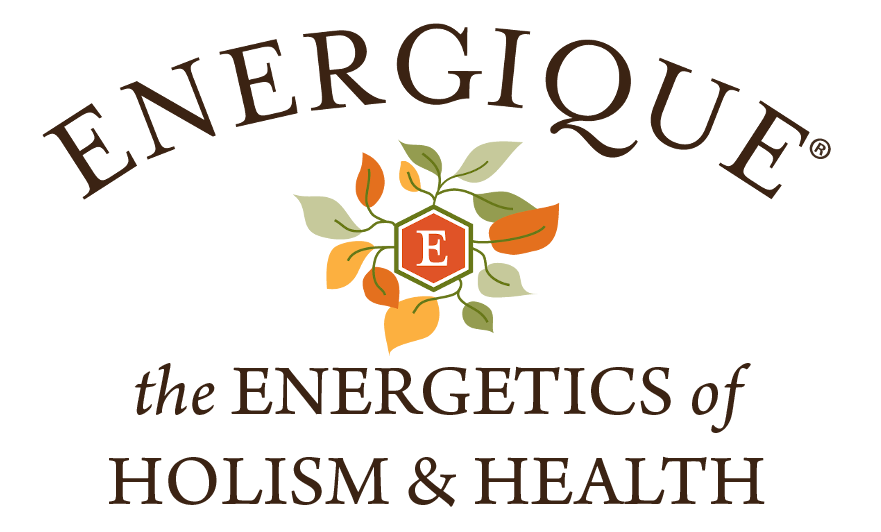Samuel Hahnemann conceptualized three homeopathic miasms, each corresponding to a chronic disease with an accompanied skin lesion that could be suppressed. He also posited Psora to be the original miasm, and claimed the other two chronic diseases in fact originated from it. According to Hahnemann’s theory, it was not even possible for an organism to acquire sycosis or syphilis unless the psoric miasm was already present, which he believed it was in virtually all civilized people. The mistreatment of psora by suppressing its skin rash, even in an ancestor, would somehow derange the body’s vital force such that it became possible for the other two diseases to infect and take hold. What then happens if these two diseases, sycosis and/or syphilis, are suppressed, as was likely to happen in an allopathic medical model? Homeopaths following Hahenmann theorized that when all three diseases were chronically present in an individual, having been previously mistreated or suppressed, it became possible to develop even more complex chronic diseases, and thus a new miasm was born, corresponding to an emerging disease which scourged civilization with the recession of syphilis, in a sense replacing syphilis as the dominant public health crisis: tuberculosis.

There is evidence tuberculosis existed long before the nineteenth century – from Egyptian mummies, for instance – but it did not become a worldwide phenomenon until the nineteenth century, when it afflicted millions of people languishing in crowded, industrialized cities. When homeopaths treated tuberculosis, they noticed it had a predilection to afflict entire families, especially when there was clear evidence of Hahnemann’s three miasms being present. Just as Hahnemann noted that chronic diseases could rarely be cured homeopathically as quickly and simply as could acute infections, later homeopaths noted that tubercular symptoms rarely responded well to specific remedies. The treatment of these cases would tend to become a complex unraveling of miasmatic layers, likened to peeling back layers of an onion, and so the theory of miasms evolved to include the tubercular miasm, not existing alongside all the others but in fact overlaying all three. Its symptomatic traces include a desire for travel, a need to revolt against all forms of oppression, and a haunting sense of romantic unfulfillment, not unlike that depicted by numerous nineteenth century literary heroines, many of whose authors died of tuberculosis. Some homeopaths would claim that the mass migration movements, rise of socialism, and artistic achievements which characterized the late nineteenth and early twentieth centuries, perhaps even social reforms like workers’ rights and women’s suffrage, were in part a reaction to the collective effects of tuberculosis, creating a greater need for freedom, travel, and opportunities to satisfy romantic longing.
The rise of the tubercular miasm as a concept in homeopathy was extremely significant because unlike the others, it developed alongside the modern scientific community’s discovery that the disease tuberculosis had an infectious, pathogenic cause. While everyone knew about syphilis as a disease before Hahnemann called it a miasm, as well that it could be contagiously spread, no one had yet discovered a bacterial spirochete to be its cause. Syphilis was originally believed to occur as a divine punishment for immoral acts, a belief which persisted for a long time even among the medical community, and so the notion of potentizing its causative agent as a nosode would have been inconceivable. It was the discovery of Koch’s bacillus, now known as Mycobacterium tuberculinum, in the lungs of tubercular patients that prompted homeopaths to first try treating a miasm by potentizing its pathogen, an approach which has since proven enormously successful. Although there are “tubercular” polychrest remedies, such as Phosphorus and Iodium, that have been used to treat the tubercular miasm in the way Thuja and Nitricum Acidum have been used for the sycotic miasm, the tubercular was really the first miasm to be treated by homeopaths with its own nosode. Indeed, Tuberculinum is now widely recognized as itself a polychrest remedy and is often cited among the top twenty or even the top ten most frequently indicated constitutional remedies of today.
Chronic diseases like cancer, autism, and AIDS are on the rise today, despite being rare or in cases like AIDS, entirely unheard of before the twentieth century. These modern epidemics have been paralleled by a decrease in once-common infectious diseases as well as an increase in the sophistication of allopathic drugs to suppress disease symptoms. Proponents of homeopathy and Hahnemann’s miasmatic theory of chronic disease have suggested that these diseases, seeming as they do to become increasingly complex and difficult to cure, are in fact results of the widespread medical suppression of symptoms arising from an increasingly complex miasmatic base. Autism, for instance, has been closely associated by homeopaths with the tubercular miasm1. While the homeopathic materia medica is full of remedies for diseases that have become comparatively rare, there is scant, if any, mention of the sort of conditions that have become relevant today. The modern understanding of miasms has contributed enormously to bridging the gap between classical remedy indications and contemporary health issues.
Many of today’s homeopaths have come to believe that symptom suppression using allopathic drugs may constitute a miasm in and of itself or even that individual drugs may each impose onto patients their own unique miasms. Even in Hahnemann’s day, it was noted that patients coming to homeopathy after receiving allopathic treatments were far more difficult to cure and often required the effects of their treatments to be removed before the original symptoms impelling such treatments could be addressed. Most homeopathic repertories have entire rubrics dedicated to symptoms following the abuse of quinine and mercury, two of the earliest and most pernicious allopathic drugs. Whereas earlier homeopaths sought homeopathic antidotes to these substances, like Aurum Metallicum for the effects of Mercury or Natrum Muriaticum for the abuse of quinine, modern homeopaths have broadened the theory of miasms to include these drugs themselves as disease-causing agents, their effects treatable with isopathic remedies in a manner analogous to the use of nosodes in treating the classic miasms. In the same way that Tuberculinum might be given to address the tubercular miasm, patients with a history of symptom suppression via corticosteroids might be treated with the isopathic remedy Cortisone Aceticum.
There is compelling clinical testimony from abundant modern homeopaths that this approach is useful and perhaps even essential to resolving such a case. At the very least, the isode will seem to pave the way for the action of other, more classically indicated remedies prescribed as a homeopathic similimum. Although Hahnemann’s writings testify that he was vehemently opposed to using isodes in this way, it remains quite possible that he and his contemporaries had been doing this all along, though inadvertently. Three of the polychrest remedies most classically indicated to address what the homeopathic repertory calls a “lack of reaction” to well-chosen remedies are Opium, Sulphur, and Nux Vomica, the latter of which contains the drug toxin strychnine and is favored to help “clear” cases complicated by allopathic drug use. Hahnemann first came to these remedies on purely symptomatic grounds, noting for instance that Nux Vomica creates a state of fatigue and accompanied irritability similar to that often seen in those who have become dependent on stimulants. It is worth noting, however, that strychnine was also once widely abused as a stimulant drug, available for purchase from poorly regulated pharmacies and taken in a reckless manner akin to the way amphetamines are abused as stimulants today. Opium and Sulphur also have long, storied histories of being employed as allopathic drugs to suppress symptoms, as Hahnemann himself noted, so it is not unreasonable to suppose even he was practicing isopathy on some of his patients without even realizing it.
It would take an entire textbook to do full justice to the theory of miasms, which remains a controversial topic of debate among homeopaths. Hahnemann’s theory, once ridiculed by even his own followers as a sign of approaching senility, has since exploded into such a litany of individual theories that it becomes difficult to provide an authoritative definition of what a miasm truly is anymore. Are malaria, typhoid, and ringworm a miasm, can sugar consumption or heavy metal toxicity be regarded as a miasm? Is the entire concept, beginning with Hahnemann’s notion of psora, nothing but nonsense? While the matter remains unsettled, there seems to be at least some kernel of truth in each of the theory’s various modifications and elaborations, which would require more than a blog post to explore.
1 Nikumbh SB. Studying the evolution of miasm in autism spectrum disorders: A case series. J Intgr Stand Homoeopathy 2020;3(2):43-50.


 Practitioners Receive 10% Off All Energique Products Through November 2023
Practitioners Receive 10% Off All Energique Products Through November 2023